
Tell your friends about this item:
Frederic Remington and Charles Marion Russell
Charles River Editors
Frederic Remington and Charles Marion Russell
Charles River Editors
*Includes pictures
*Includes a bibliography for further reading
the West was an endless source of fascination for those who were either personally or circumstantially ill-suited to travel there. As explorers opened trails and people expanded the frontier, unusual walks of life like cattle drives and hunting became commonplace, as did images of dusty boomtowns. Before the Transcontinental Railroad connected the Atlantic and Pacific, the Old West possessed a distinctly separate culture from the East Coast, and cowboys, early settlers, and an enormous array of indigenous peoples produced a hybrid culture that seemed doomed to disappear as a result of the inevitable modernization.
The subsequent growth of print journalism fed the East Coast's interest in the West, whether it was based on fantasy and non-fiction, but with the art of photography in its infancy by the years of the Civil War, a more familiar type of artist stepped in to fill the need, one who like the storytellers in print could simultaneously bring both fantasy and reality to life. Painters and sculptors of the West bore little outward resemblance to their illustrious ancestors, the European masters, but they brought foreign landscapes and people to larger audiences through skillful examples of iconic Western images.
Many of the first artists in the West were assigned to exploration and geological parties, working as archivists and obedient to demands of cold accuracy. However, a few were driven by an imaginative mix of real events and fantastical visions to whet the appetite of Eastern consumers and preserve their own nostalgia on canvas. Among the most prominent artists depicting the "old" West was Charles Marion Russell, a prolific painter, sculptor, writer, and storyteller based in the heart of the Montana country. Through his years of capturing scenes of daily life between cowboys and Indians before a backdrop of exquisite Montana scenery, he was known by the names of C. M. Russell, Charlie Russell, and "Kid" Russell. As an artist greatly esteemed among art devotees and virtually all Westerners who knew him, he acquired monikers such as the "Rembrandt of the Range" and the "Cowboy Artist." Entirely self-trained, Russell left over 4,000 works that include paintings and bronze sculptures of cowboys, Indians, and the landscapes of the West, as well as Alberta, Canada. As an advocate and activist for the Native Americans, he supported the improvement of reservation conditions and spoke out for the Chippewa's bid for the right to live in Montana. This right was validated by Congress in the early 20th century with the creation of the Rocky Boy Reservation.
New Yorker Frederic Remington held the advantage in education and talents as a draftsman, but he did not lose himself so entirely to the Western experience. His paintings, sculptures, short stories, and novels are often centered on the military and its wars against the resident tribes. Remington, somewhat more cynical than Russell, was nevertheless a master of depicting violent action in fantastical but credible situations where life hung in the balance. He, too, lamented that the land of his youth's fascination "had nearly vanished," even though his direct experience with that land and culture was not in the long run successful.
Esteemed for his depiction of "swift action and precise accuracy of detail," Remington's creative accounts of the 19th century's last few decades fired the imaginations of Americans thousands of miles away from the frontier. In 1907, President Theodore Roosevelt called Remington "one of the most typical American artists we have ever had, and he has portrayed a most characteristic and yet vanishing type of American life. The soldier, the cowboy and rancher, the Indian, the horses and the cattle of the plains, will live in his pictures and bronzes, I verily believe, for all time."
| Media | Books Paperback Book (Book with soft cover and glued back) |
| Released | February 17, 2020 |
| ISBN13 | 9798615052194 |
| Publishers | Independently Published |
| Pages | 100 |
| Dimensions | 216 × 280 × 5 mm · 254 g |
| Language | English |
More by Charles River Editors
Others have also bought
See all of Charles River Editors ( e.g. Paperback Book and Book )




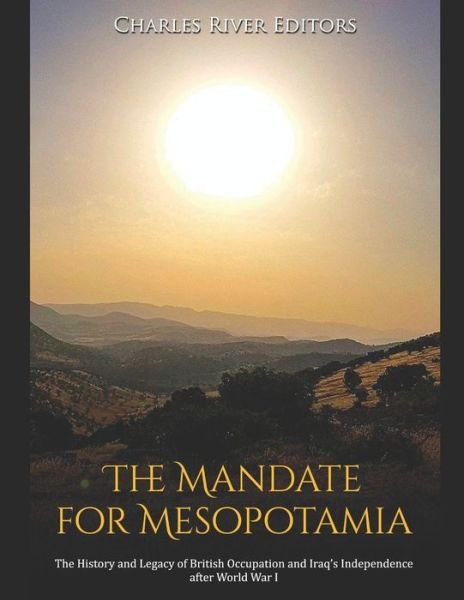
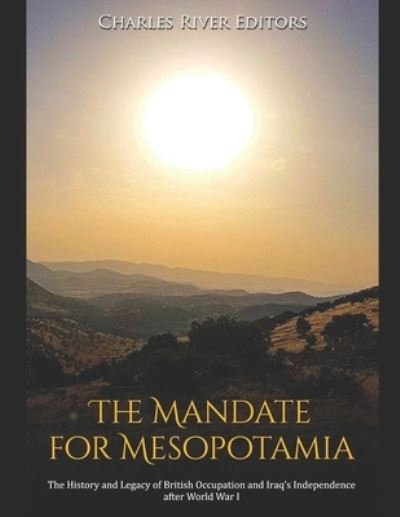



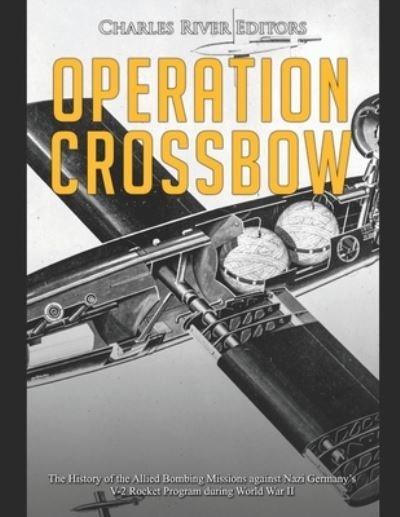
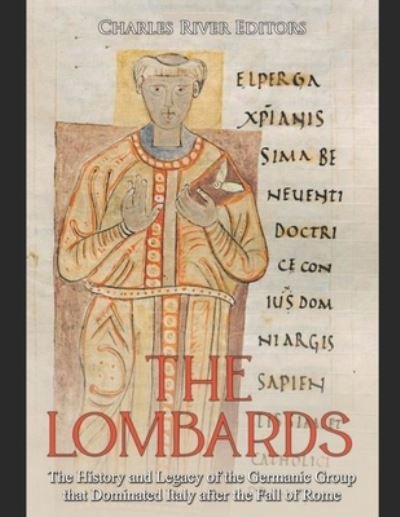
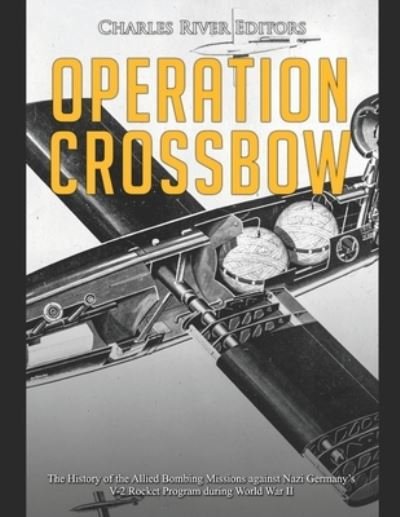



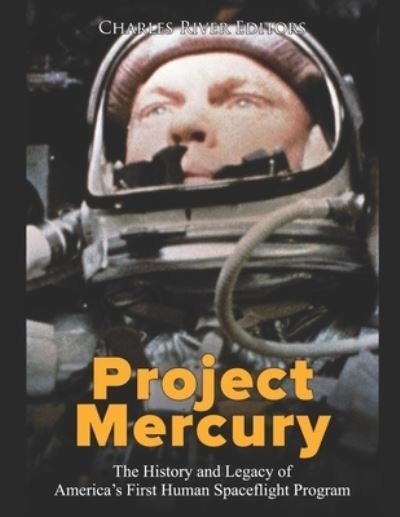




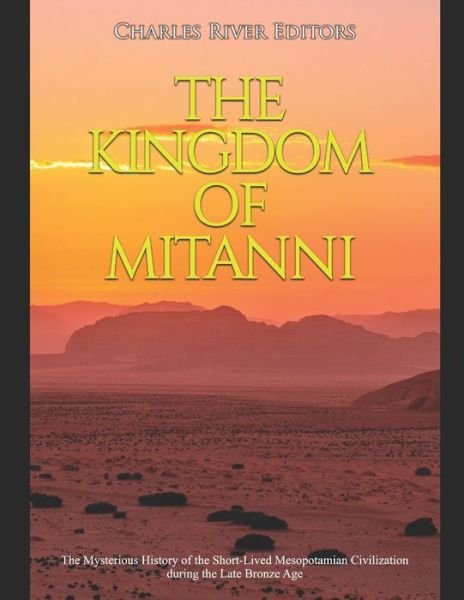
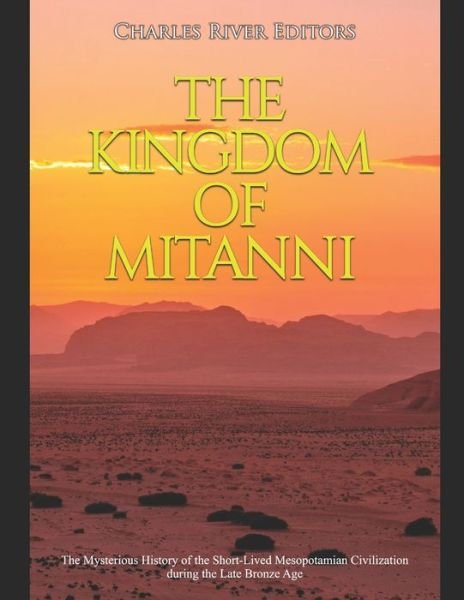



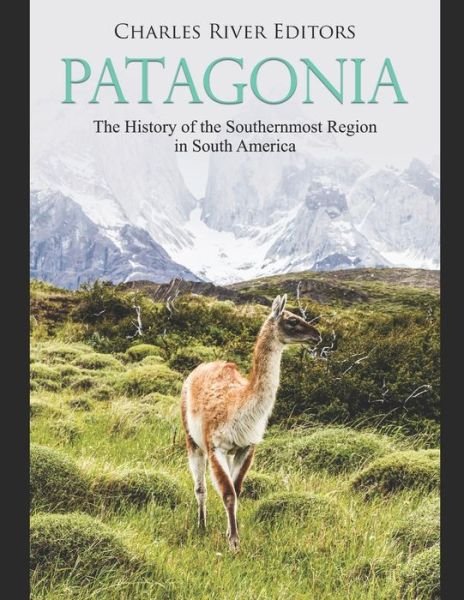
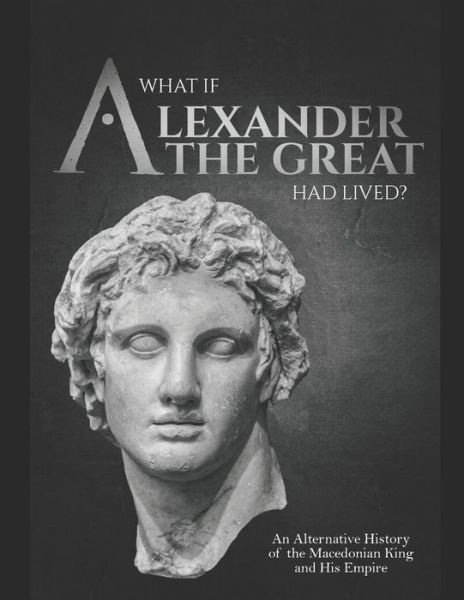

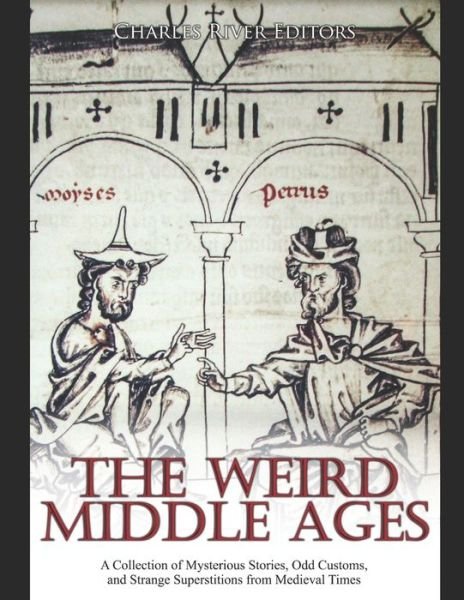
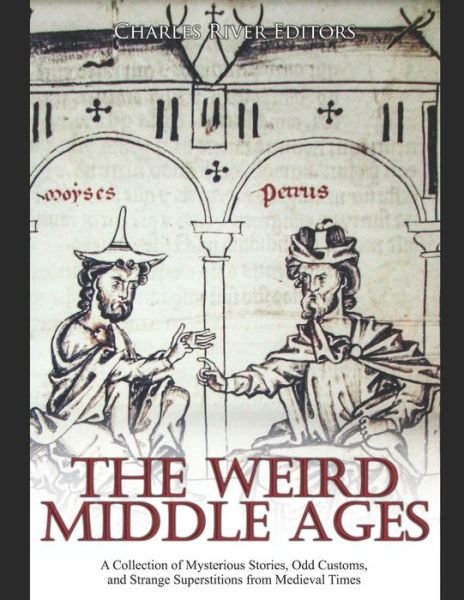
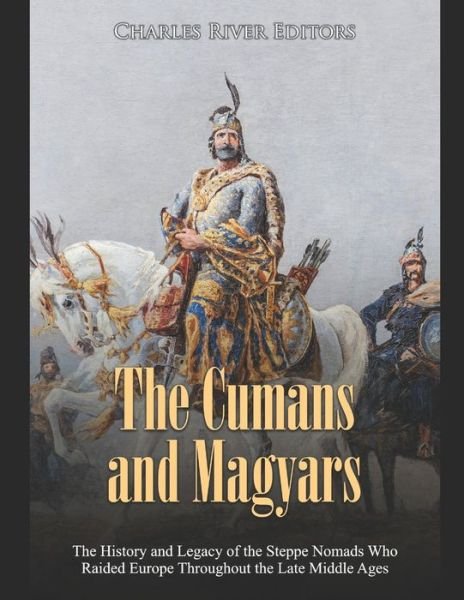
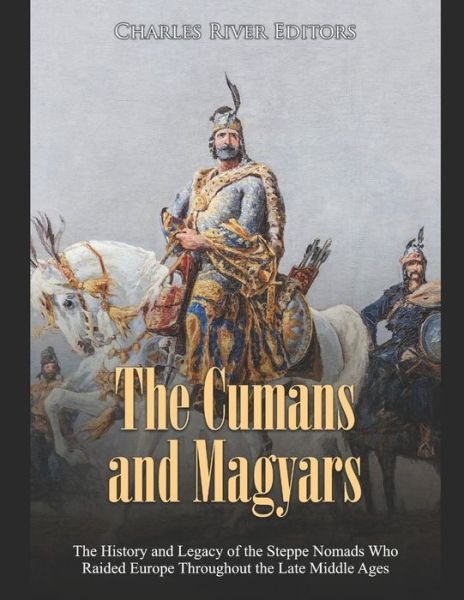
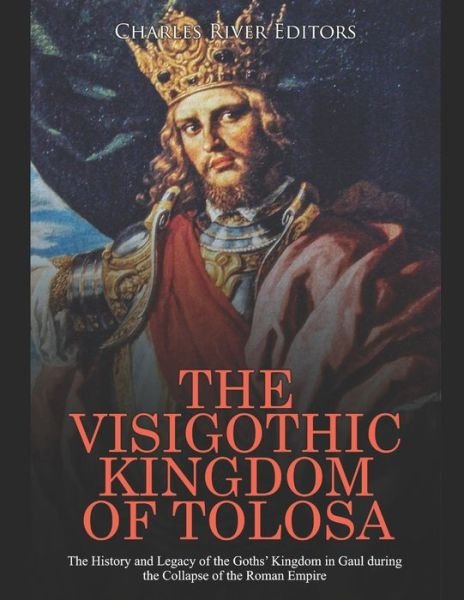
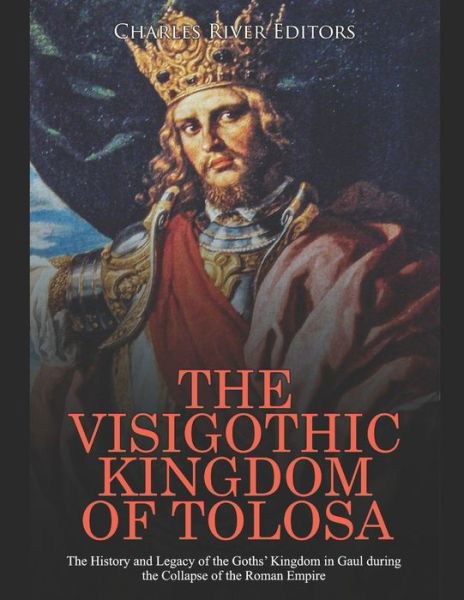

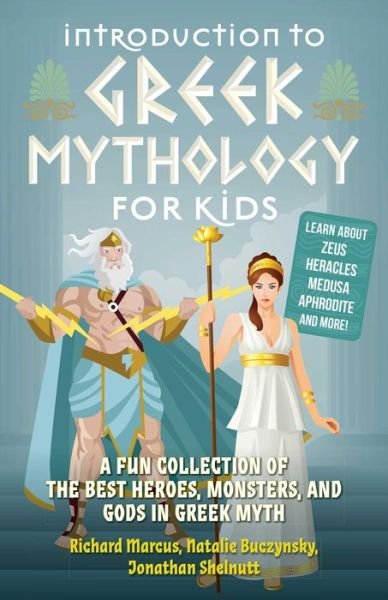
![Cover for Charles Dickens · Den hjemsøgte mand og åndens tilbud (Nyillustreret) (Bound Book) [1st edition] (2022)](https://imusic.b-cdn.net/images/item/original/123/9788772048123.jpg?charles-dickens-2022-den-hjemsoegte-mand-og-aandens-tilbud-nyillustreret-bound-book&class=scaled&v=1654049104)
![Cover for Tine Wøbbe · Kort & godt: Kort & godt om PSYKOPATI (Sewn Spine Book) [1st edition] (2024)](https://imusic.b-cdn.net/images/item/original/916/9788771586916.jpg?tine-woebbe-2024-kort-godt-kort-godt-om-psykopati-sewn-spine-book&class=scaled&v=1713200056)
![Cover for Linda Lehun · Musikbogen (Paperback Book) [1st edition] (2016)](https://imusic.b-cdn.net/images/item/original/063/9788759891063.jpg?linda-lehun-2016-musikbogen-paperback-book&class=scaled&v=1486719785)
![Cover for Dian Hanson · The New Erotic Photography - Bibliotheca Universalis (Hardcover Book) [Multilingual edition] (2017)](https://imusic.b-cdn.net/images/item/original/715/9783836526715.jpg?dian-hanson-2017-the-new-erotic-photography-bibliotheca-universalis-hardcover-book&class=scaled&v=1490369714)





![Cover for Jesper Wung-Sung · To ryk og en aflevering (Sewn Spine Book) [3rd edition] (2009)](https://imusic.b-cdn.net/images/item/original/996/9788763811996.jpg?jesper-wung-sung-2009-to-ryk-og-en-aflevering-sewn-spine-book&class=scaled&v=1341784896)

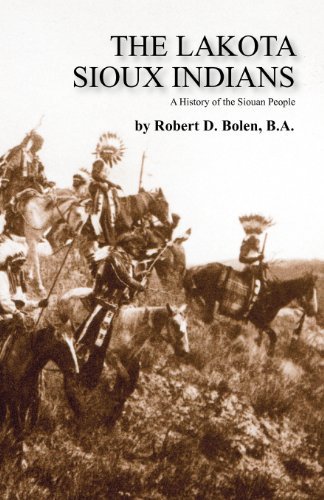

![Cover for Jon Speelman · Modern Defence (Paperback Book) [1st edition] (2000)](https://imusic.b-cdn.net/images/item/original/816/9781857442816.jpg?jon-speelman-2000-modern-defence-paperback-book&class=scaled&v=1409611116)
